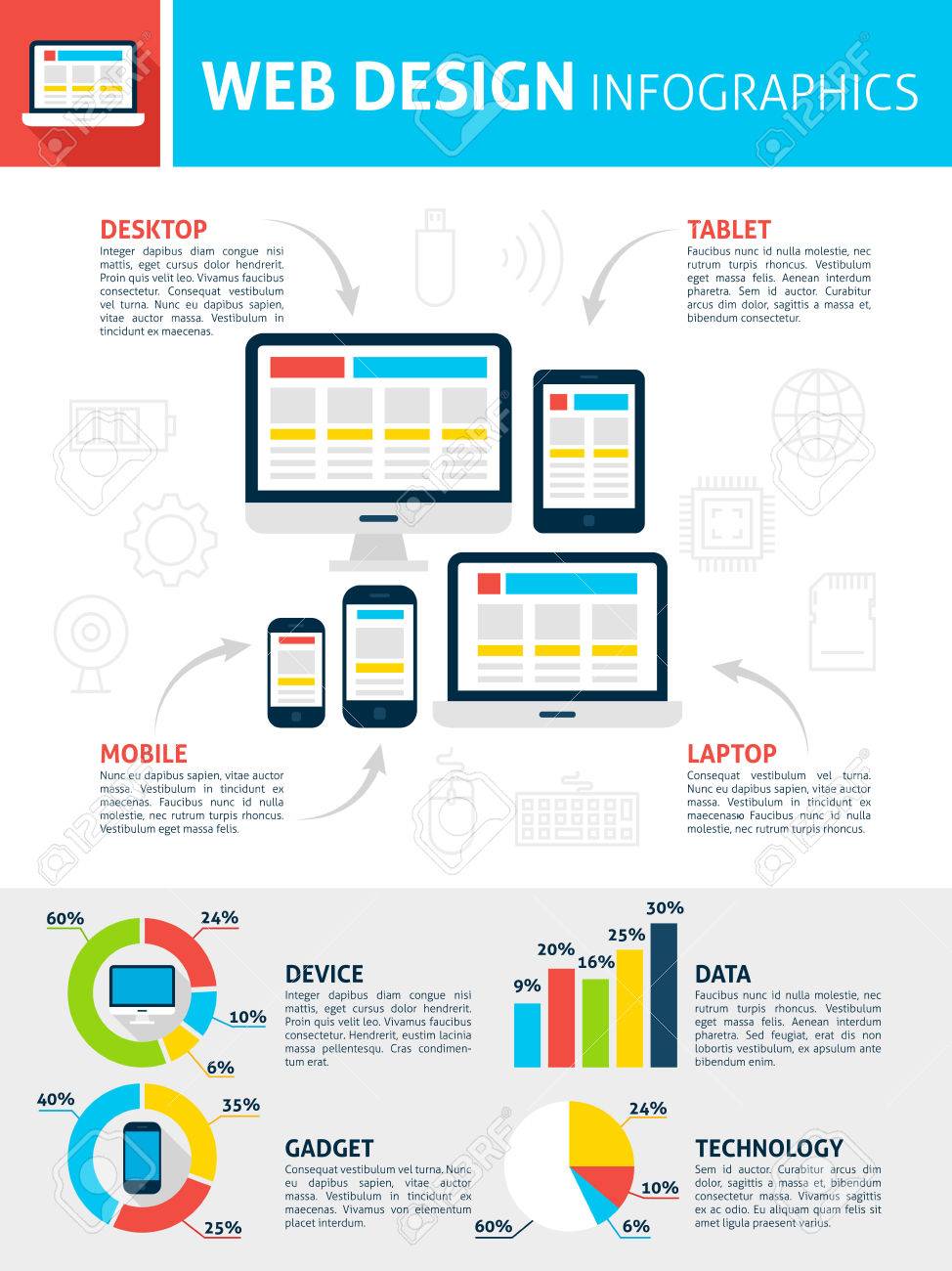Critical Site Style Insights: Recommendations For Developing An User-Friendly User Interface
Critical Site Style Insights: Recommendations For Developing An User-Friendly User Interface
Blog Article
Short Article Produced By-Hall Secher
When it concerns website layout, ensuring user-friendliness is key. From responsive style to streamlined navigating, every element plays a vital role in developing a website that deals with your audience's needs. However what regarding the better information that can make or break a customer's browsing experience? Keep tuned as we discover some often-overlooked pointers that can boost your website's usability to the following level, making it truly stand apart in the electronic landscape.
Relevance of Responsive Layout
Responsive layout is a vital element of contemporary website growth. Ensuring your internet site is responsive methods that it can adjust to different screen sizes and devices, giving a smooth experience for individuals.
With the increasing use of mobile phones and tablet computers to access the net, having a receptive layout is crucial for getting to a bigger audience. https://andyafkpt.blogdiloz.com/31252817/from-concept-to-execution-perfecting-the-craft-of-internet-site-growth helps in enhancing user experience by making your web site simple to navigate and continue reading any kind of tool.
Additionally, receptive style can favorably affect your search engine positions, as online search engine like Google prioritize mobile-friendly web sites. By having a responsive style, you're also future-proofing your web site, as new devices with differing screen dimensions continue to arise.
Simplify Navigation Structure
To improve customer experience and assist in easy accessibility to details on your site, streamlining the navigation framework is vital. When making your site, focus on developing a clear and instinctive navigation menu that assists visitors locate what they're looking for promptly.
click here for more of menu products to the fundamentals, grouping relevant pages together to avoid overwhelming users. Use descriptive tags that plainly suggest the content of each web page, making it much easier for individuals to understand where each web link will certainly take them.
Consider applying dropdown food selections for subcategories to avoid cluttering the major navigating bar. In addition, consist of a search bar plainly on the web page for customers who prefer searching for certain info.
Prioritize mobile responsiveness in your navigating style to guarantee easy access on all gadgets.
Optimize Web Page Load Rate
Improving web page tons rate is vital for maintaining visitors on your website. Slow-loading find out here annoy users and can bring about high bounce rates. To enhance web page lots speed, begin by optimizing photos. Press photos without compromising quality to reduce their documents sizes.
In addition, make it possible for web browser caching to keep frequently accessed sources in your area, quickening lots times for returning site visitors. Minify CSS, JavaScript, and HTML files by removing unnecessary characters, comments, and formatting, boosting load speed.
Consider making use of a material distribution network (CDN) to disperse your website's material across multiple servers worldwide, decreasing latency for customers accessing your website from various areas. Finally, restrict making use of third-party scripts and plugins, as they can significantly affect load times.
Conclusion
In conclusion, by including responsive design, simplifying navigating, and maximizing page tons rate, you can develop an easy to use website that attract a larger audience and improves user experience. These essential elements guarantee that site visitors can quickly gain access to and browse your website across various tools, bring about increased involvement and satisfaction. By focusing on these crucial elements, you can construct an effective internet site that maintains users coming back for even more.
